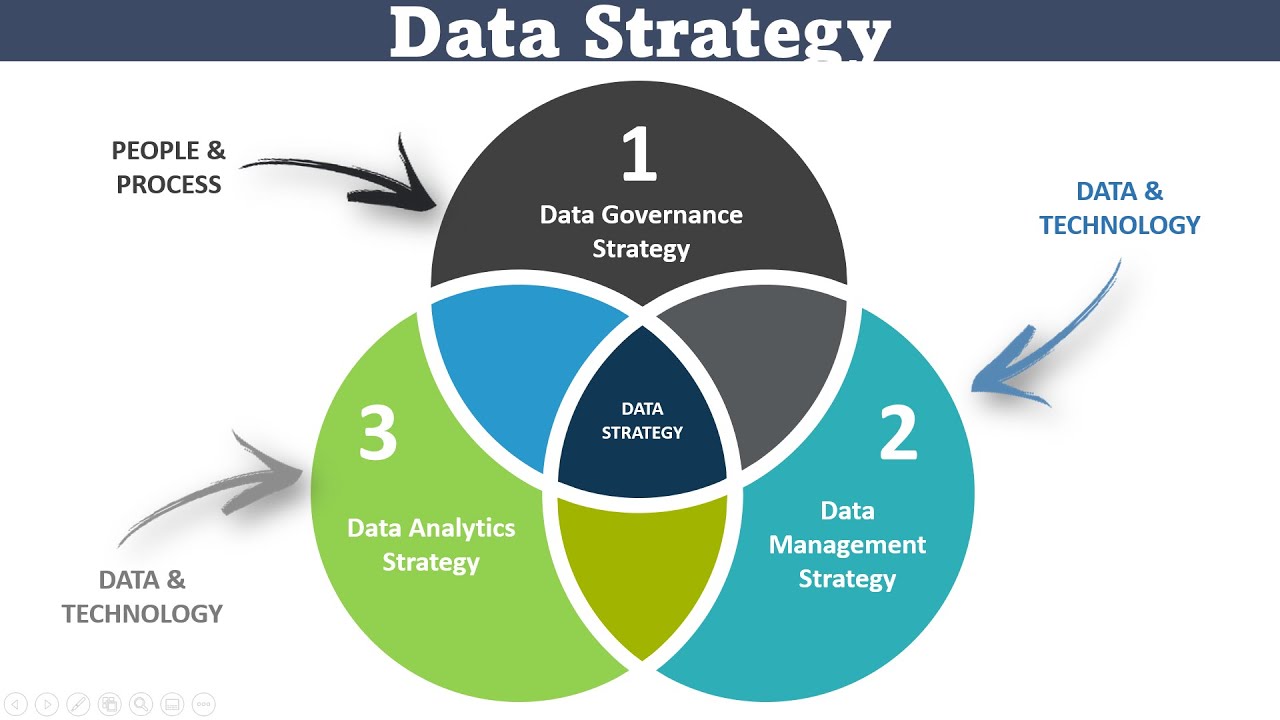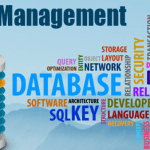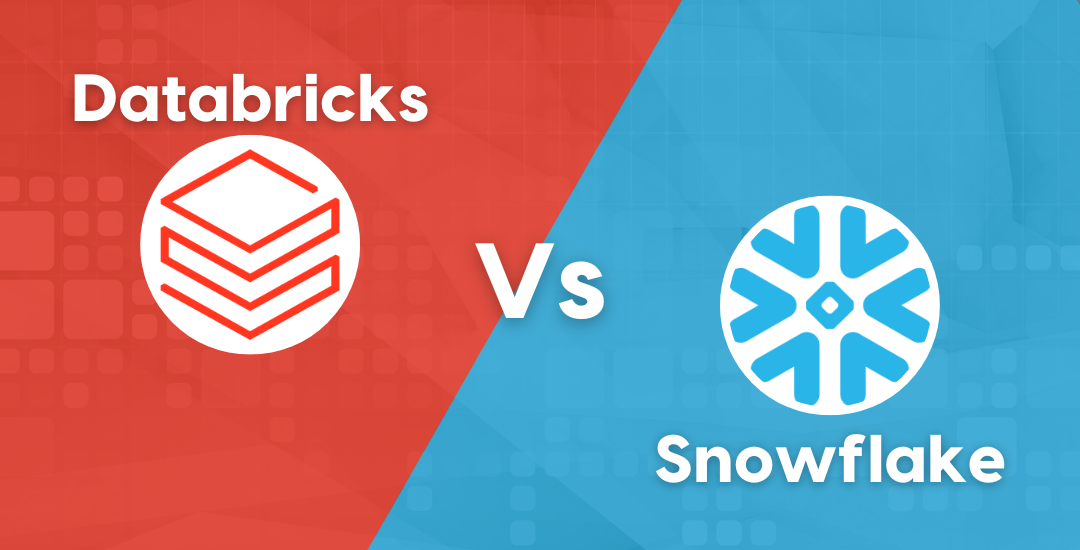Data strategy to build a Data platform
Introduction:
In today’s digital world, data is the backbone of any business. The ability to collect, process, and analyze data can provide valuable insights into customer behavior, market trends, and business operations. Building a data platform is a critical step in leveraging the power of data to gain a competitive advantage. However, building a data platform requires a well-defined data strategy that outlines how data will be collected, processed, analyzed, and stored. In this paper, we will discuss the key steps involved in developing a data strategy to build a data platform.
Step 1: Define Business Goals:
The first step in developing a data strategy is to define the business goals. This involves understanding the business objectives, identifying the key performance indicators (KPIs) that will measure progress towards those objectives, and determining how data can be used to achieve those goals. For example, if the business goal is to increase customer retention, then the KPIs could be the percentage of customers who renew their subscriptions, the time between purchases, and the customer satisfaction rate. The data strategy should outline how data will be collected and analyzed to measure these KPIs and make data-driven decisions to achieve the business objectives.
Step 2: Identify Data Sources:
The next step is to identify the data sources. This involves understanding where data is generated and how it can be collected. Data sources can include customer interactions, social media, web analytics, customer feedback, sales data, and more. The data strategy should identify which data sources are relevant to the business goals and how data can be collected from these sources. For example, if the goal is to measure customer satisfaction, data can be collected through surveys, customer feedback, and social media interactions.
Step 3: Establish Data Governance:
Data governance is the process of managing the availability, usability, integrity, and security of data. Data governance ensures that data is consistent, accurate, and reliable, and it is used ethically and legally. The data strategy should outline the data governance policies and procedures, including data ownership, data quality standards, data privacy, and security measures. This ensures that the data collected is of high quality and can be used effectively to achieve business objectives.
Step 4: Develop Data Architecture:
Data architecture is the structure of the data, including how it is stored, processed, and accessed. The data strategy should define the data architecture that is required to achieve the business objectives. This includes selecting the appropriate data storage technologies, defining the data processing pipeline, and designing the data access layer. The data architecture should be scalable, flexible, and secure to meet the evolving needs of the business.
Step 5: Implement Data Analytics:
Data analytics is the process of analyzing data to gain insights into business operations and customer behavior. The data strategy should outline the data analytics approach, including the tools and techniques used to analyze data, such as machine learning, data mining, and statistical analysis. The data analytics should provide actionable insights that can be used to make data-driven decisions to achieve business objectives.
Step 6: Monitor and Improve:
The final step is to monitor and improve the data platform continually. This involves regularly reviewing the data strategy, data sources, data governance, data architecture, and data analytics to ensure they are aligned with the business goals. The data platform should be evaluated periodically to ensure that it is delivering the desired outcomes, and adjustments should be made as necessary.
Conclusion:
Developing a data strategy to build a data platform is a critical step in leveraging the power of data to gain a competitive advantage. The data strategy should be designed to meet the business goals and regulatory requirements and should be aligned with the stakeholders’ roles and responsibilities. The data strategy should also be regularly reviewed and adjusted to ensure that it is delivering the desired outcomes. By following the steps outlined in this paper, organizations can develop a data strategy that will enable them to collect, process, and analyze data effectively to achieve their business goals.
Add Comment
You must be logged in to post a comment.








